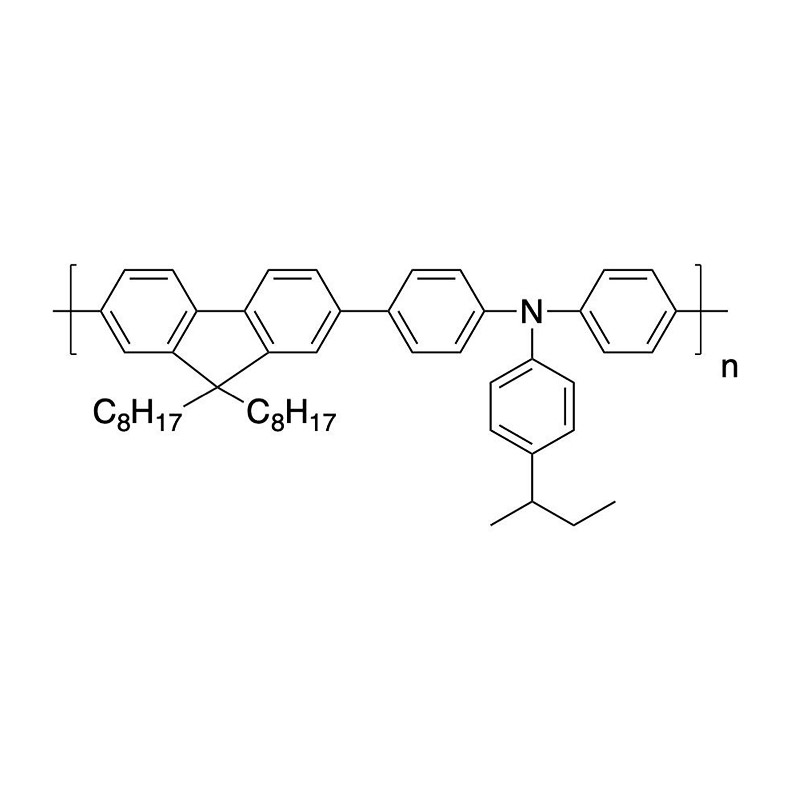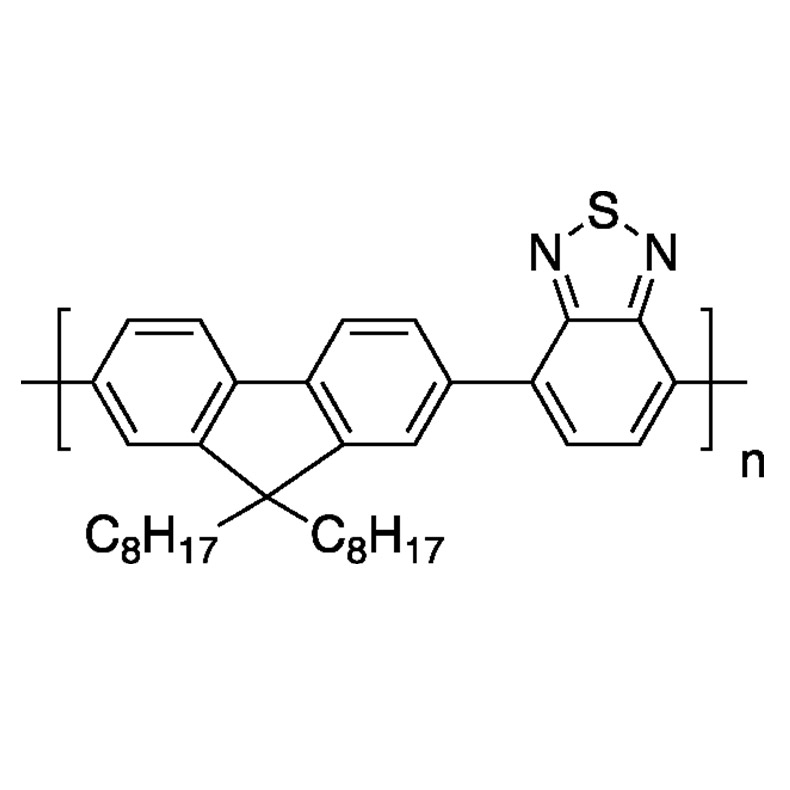OLED organics
Materials development has played a vital role in the dramatic improvement of organic solar cell performance in recent years.
Fullerene is used as an electron transport layer to further enhance the electrical performance of the cavity device and the optical tuning of the cavity OLED.
This fullerene layer results in a ∼2V driving voltage reduction and a ∼20% increase in power efficiency, as compared with traditional cavity OLED with Alq as the electron transport layer.
Applications in Oled organics
- Metal/fullerene bilayers have been studied as hole injection electrodes for use in organic light-emitting diodes (OLEDs). In the case of a simple emission zone structure, it is found that OLEDs with the Au∕C60 anodes have much lower (∼10V) driving voltages and much higher current efficiencies (five times higher) than OLEDs with a simple Au anode.
- This anode structure was found to be applicable for all types of light-emitting structures including fluorescent and phosphorescent dye-doped systems.
References
“A Green Approach to Organic Thin-Film Electronic Devices: Recycling Electrodes Composed of Indium Tin Oxide (ITO)”
Author(s): Minh Trung Dang, Pierre-Louis M. Brunner, James D. Wuest.
Ref: https://pubs.acs.org/doi/10.1021/sc500456p
“Recycling Indium Tin Oxide (ITO) Electrodes Used in Thin-Film Devices with Adjacent Hole-Transport Layers of Metal Oxides”
Author(s): Minh Trung Dang, Josianne Lefebvre, James D. Wuest.
Ref: https://pubs.acs.org/doi/10.1021/acssuschemeng.5b01080
“Steering the Properties of MoOx Hole Transporting Layers in OPVs and OLEDs: Interface Morphology vs. Electronic Structure“
Author(s): Wouter Marchal, Inge Verboven, Jurgen Kesters, Boaz Moeremans, Christopher De Dobbelaere, Gilles Bonneux, Ken Elen, Bert Conings, Wouter Maes, Hans Gerd Boyen, Wim Deferme, Marlies Van Bael and An Hardy.
Ref: https://www.mdpi.com/178286
Color tunable metal-cavity organic light-emitting diodes with fullerene layer”
Author(s): Sijin Han, Changjun Huang, and Zheng-Hong Lu. Journal of Applied Physics 97, 093102 (2005).
Ref: https://aip.scitation.org/doi/10.1063/1.1887830
Highly efficient organic light-emitting diodes with metal/fullerene anode”
Author(s): Sijin Han, Yanyan Yuan, and Zheng-Hong Lua. Journal of Applied Physics 100, 074504 (2006).
Ref: https://aip.scitation.org/doi/10.1063/1.2354319
SOLARIS CHEM
AMERICA
-
Headquarters & Labs
3650 Bld. Cité-des-Jeunes,
Suite 101, Vaudreuil-Dorion,
Quebec, Canada
J7V 3Z6 -
(579) 217-0260
Toll free: (855) 489-3557 - Solaris Chem America
SOLARIS CHEM
EUROPE
-
Rnda. Circunvalación 188, M.11,
12003, Castellón, Spain - +(34)643637196
- Solaris Chem Europe
SOLARIS CHEM
MIDDLE EAST
-
15, 4th Floor, Bldg. No. 5.,
Wafa Complex, Street 103,
Area 6
Farwaniya, Kuwait - +965 66459915
- Solaris Chem Middleast
SOLARIS CHEM
SOUTHEAST ASIA
-
(Singapore, Malaysia, Thailand, Indonesia, Vietnam, Philippines, Myanmar)
No. 27 Woodlands Industrial Park E1,
#03-02, Singapore, 757718 - +65 9363 8706
- Solaris Chem Southeast
SOLARIS CHEM
TAIWAN
-
(Taiwan, China, Hong Kong)
2F., No. 67, Aly. 30, Ln. 136, Kangle St., Neihu Dist.,
Taipei City 114, Taiwan (R.O.C.) - +88 69 8900 9807
- Solaris Chem
SOLARIS CHEM
JAPAN
-
(Japan)
1197-40, Ohigamori, Nagasaka-cho,
Hokuto-city, Yamanashi, 408-0032, Japan - +81 80 6939 2013
- Solaris Chem Japan



